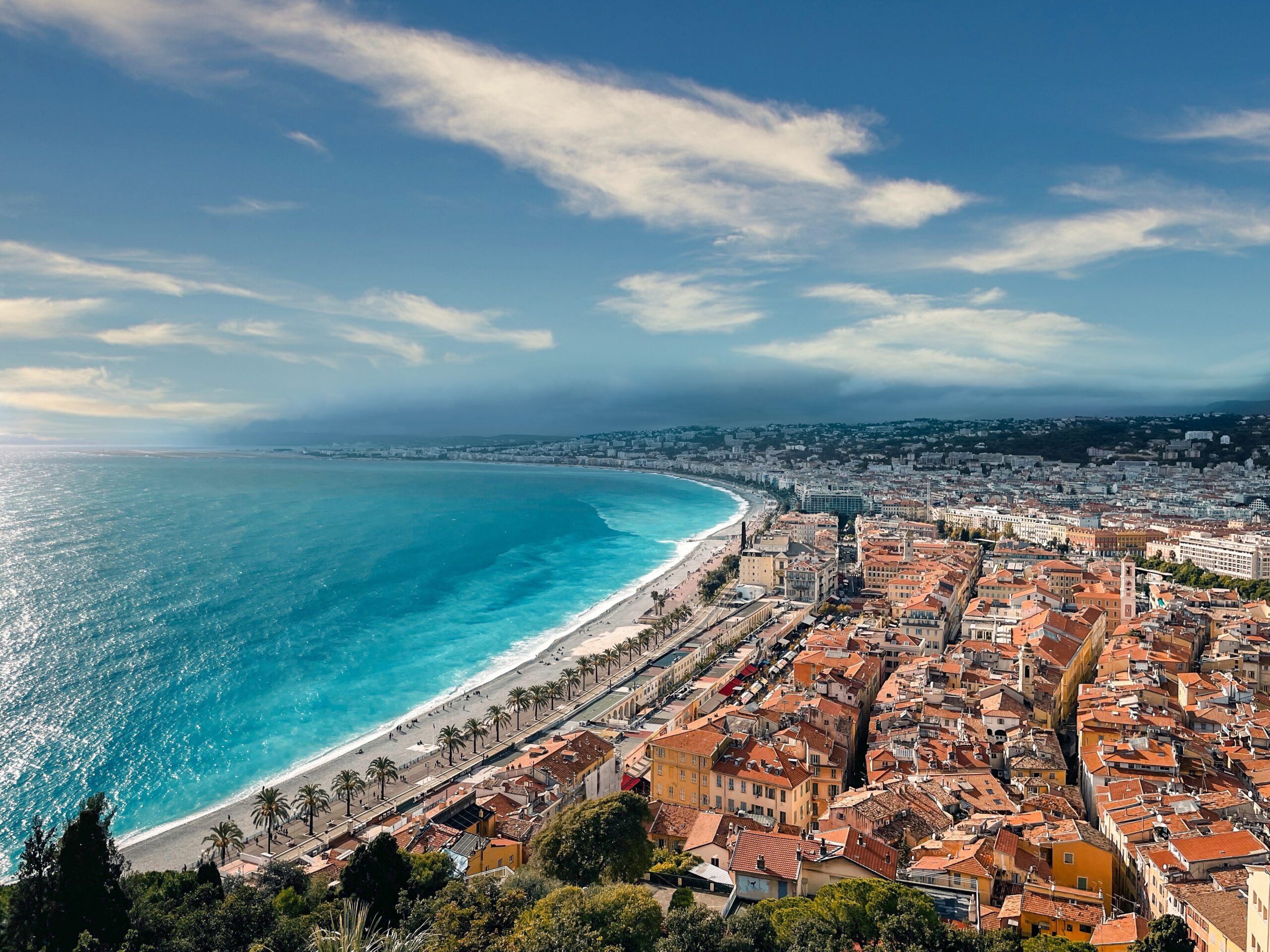Image: Ice by Sergey Guk
Scientists are sounding the alarm as new research paper reveals that the colour of the ocean is visibly changing—a visible sign of profound ecological shifts driven by climate change.
Research led by scientists from the University of Amsterdam highlights how the retreat of sea ice in polar regions is not only increasing the amount of light penetrating the ocean but also altering its spectral quality.
Sea ice typically scatters light in a broad spectrum, supporting specialised photosynthetic organisms like ice algae and cold-adapted phytoplankton. But as ice cover declines, the open ocean absorbs more red and green wavelengths, leading to a dominance of blue light—an environment to which many native organisms in these regions are poorly adapted.
Ecological implications
The researchers warn that this disruption in photosynthesis could reduce the productivity of ice-associated algae and phytoplankton, ultimately affecting fish, marine mammals, and entire food chains dependent on these organisms. The findings underscore how deeply interconnected the impacts of climate change are—from the melting ice at the surface to the spectral composition of light beneath the waves.
Image: Nice, France by Constantin
A Visible Reminder ahead of crucial UN Ocean Conference
Ahead of next month’s UN Ocean Conference 2025, this research provides a visible indicator of climate change, adding another layer of urgency to understanding and mitigating climate change, especially in polar regions that are warming at more than twice the global average.

